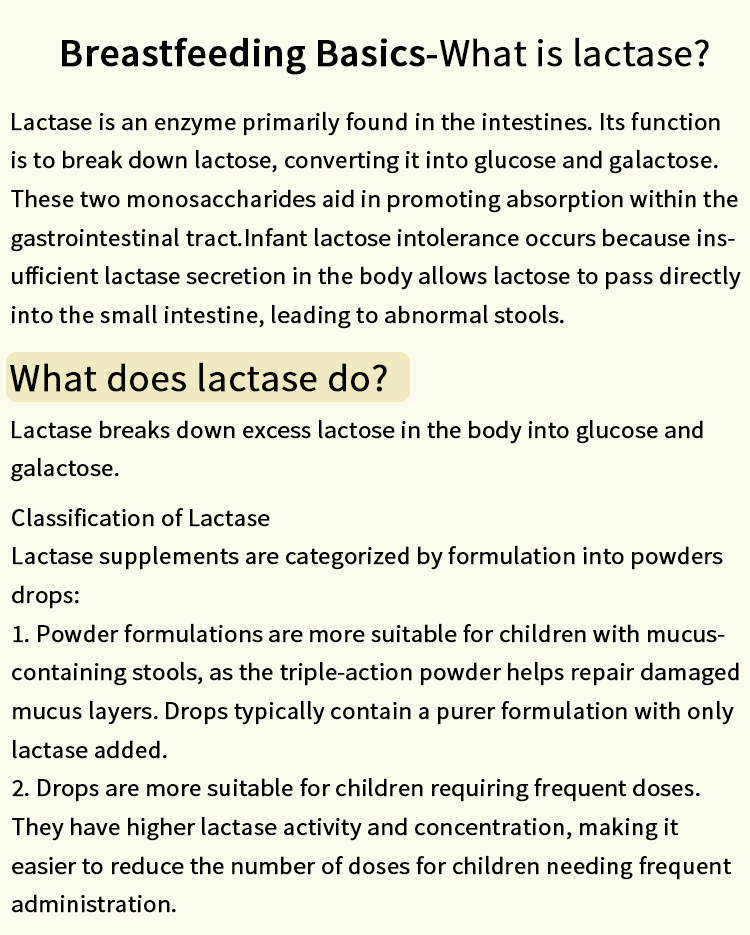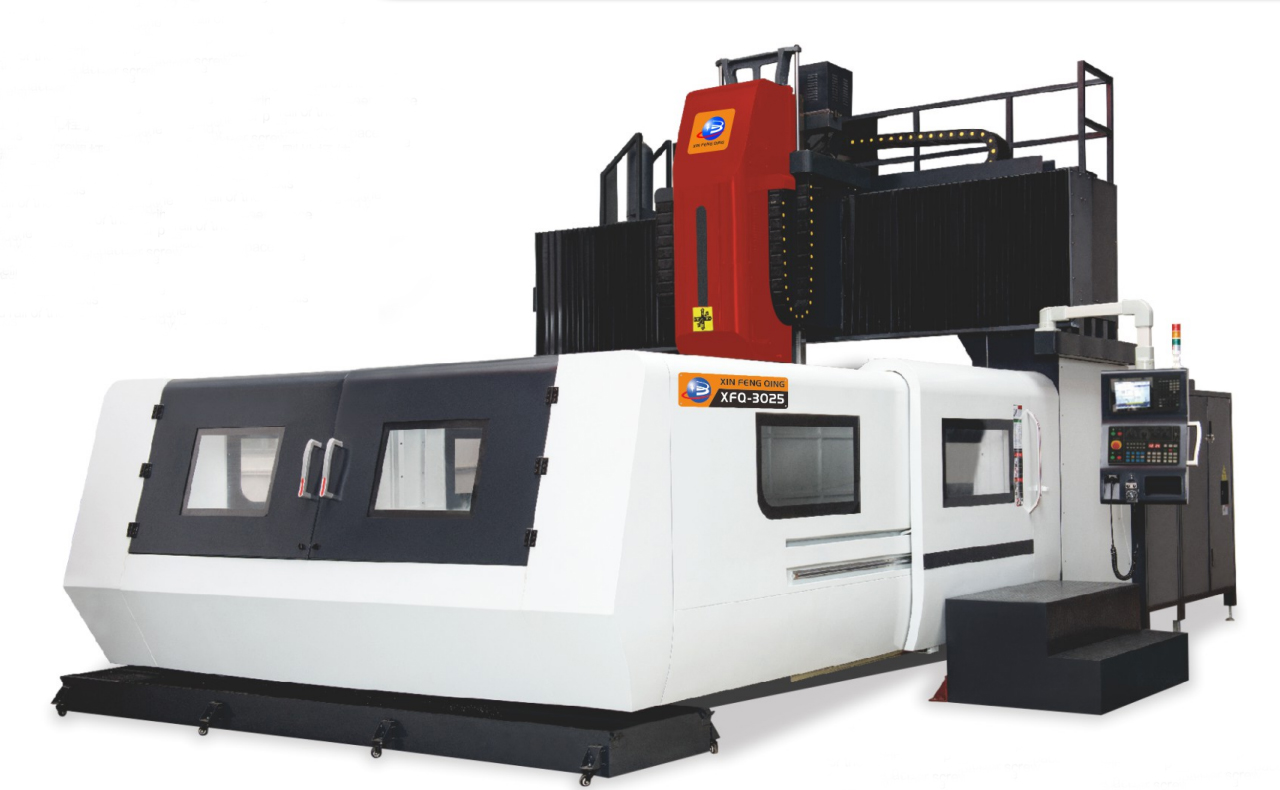In the realm of printing technology, the debate between inkjet and laser printers has been a long-standing one, often leading to confusion regarding their operational mechanisms. One of the most common questions that arise is: Do laser printers use ink cartridges? To answer this, we must delve into the fundamental differences between these two types of printers, their components, and how they function.
Understanding Printer Technology
- The Basics of Inkjet Printers
Inkjet printers operate by spraying tiny droplets of liquid ink onto paper. They utilize ink cartridges filled with liquid ink, which can be either dye-based or pigment-based. The cartridges are designed to be replaced when they run out, and many models allow for individual color replacement, which can be more economical for users who print in color frequently.
- The Mechanics of Laser Printers
In contrast, laser printers employ a completely different technology. They use a laser beam to create an electrostatic image on a rotating drum, which is then coated with toner. Toner is a fine powder made primarily of plastic particles, carbon, and coloring agents. The toner adheres to the paper through a process of heat and pressure, resulting in high-quality prints that are often smudge-proof and water-resistant.
The Core Question: Do Laser Printers Use Ink Cartridges?
The straightforward answer is no; laser printers do not use ink cartridges. Instead, they rely on toner cartridges. While both ink and toner serve the same purpose of producing printed text and images, their compositions and mechanisms differ significantly.
- Toner Cartridges vs. Ink Cartridges
- Composition: As mentioned, ink cartridges contain liquid ink, while toner cartridges contain powdered toner. This fundamental difference affects the printing process and the quality of the output.
- Longevity and Yield: Toner cartridges generally have a higher page yield compared to ink cartridges. For instance, a standard toner cartridge can print thousands of pages before needing replacement, whereas ink cartridges may only produce a few hundred pages, depending on usage and print settings.
- Cost Efficiency: Although the initial cost of a laser printer may be higher than that of an inkjet printer, the long-term savings can be significant. Businesses and individuals who print large volumes often find that laser printers are more economical due to the lower cost per page associated with toner.
Advantages of Using Laser Printers
- Speed and Efficiency
Laser printers are known for their speed. They can produce multiple pages per minute, making them ideal for high-volume printing environments such as offices and businesses. The rapid printing capability is a significant advantage over inkjet printers, which typically print at a slower pace.
- Print Quality
While inkjet printers excel in producing vibrant color images, laser printers are renowned for their sharp text quality and consistent output. This makes laser printers particularly suitable for printing documents, reports, and other text-heavy materials.
- Maintenance and Durability
Laser printers tend to require less maintenance than inkjet printers. The absence of liquid ink means there are fewer issues related to clogging and drying out, which are common problems with ink cartridges. Additionally, toner cartridges have a longer shelf life, making them a more reliable option for infrequent users.
Conclusion: Making an Informed Choice
In summary, laser printers do not use ink cartridges; they utilize toner cartridges that offer distinct advantages in terms of speed, efficiency, and cost-effectiveness. Understanding the differences between these two printing technologies can help consumers and businesses make informed decisions based on their specific printing needs.





+ There are no comments
Add yours